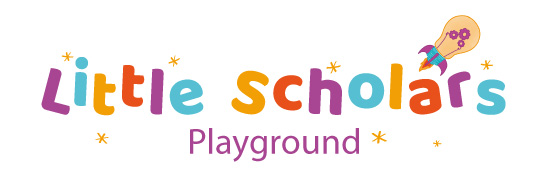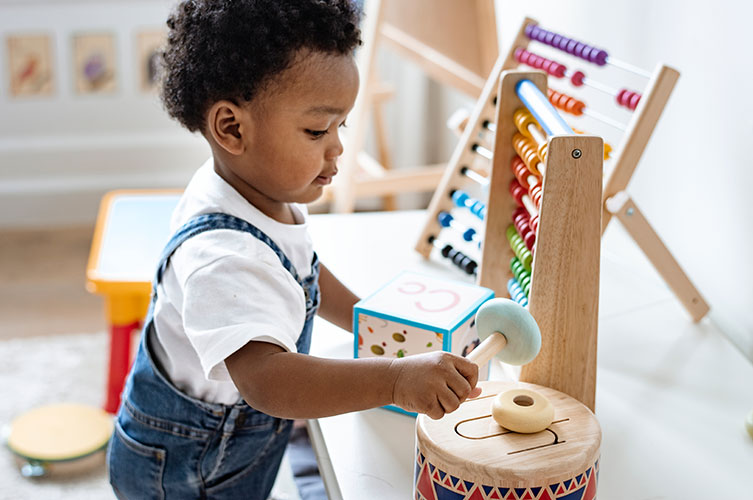Estimated reading time: 3 mins
So, what is Montessori?
The Montessori method of education was created by Italian physician Maria Montessori. Her goal was to promote independence in children, with the view that children are naturally eager for knowledge and capable of initiating their own learning. Some of the key Montessori methods that you can use at home include:
- Child’s choice of activity from within a range of options
- Activities that facilitate movement and activity
- A ‘discovery’ model, where your child learns concepts from working with materials rather than by direct instruction
- Specialised educational/ sensory materials often made out of natural, aesthetic materials such as wood, rather than plastic (this will help support your child’s development, as many of the plastic toys overstimulates and does ‘the work’ for your child).
- A thoughtfully prepared environment where materials are organised by subject area, are accessible to children, and are appropriately sized
- Explore nature in and outside the home
- Freedom, within limits.
How I discovered Montessori
I discovered Montessori after having my daughter in 2019. I have always been conscious of the over use of plastic and found plastic toys with flashing lights overstimulated her, without actually helping her to develop. I was also aware of the crucial age of 0-3 years, where her brain would develop the most. This sparked my desire to ensure I gave her the best start in life. After some Googling, the term Montessori kept coming up. It was something I had heard in the home before, as my Mother is a Nursery Manager, so naturally I wanted to learn more. I found the Montessori approach to parenting to go beyond education, including following my child, respecting her and understanding where she is developmentally, so that the expectations I have for her are appropriate and achievable for her.
It’s a good idea to embrace Montessori even if the typical people practicing it don’t look like you
I did notice that many of the people practicing Montessori did not look like me, however I did not become discouraged by this. Some feel that you need a big budget, or perceive Montessori to be expensive to incorporate in the home or even elitist. Montessori Nurseries are also more expensive. But this is even more reason to practice it at home as much as possible. Many sensory activities for example can be made from things within the home.
How to start bringing Montessori into your home
You don’t need lots of the expensive, fancy things like you see posted on social media. So don’t put pressure on yourself and do the best you can with what you have within your home. There are great books out there on Montessori’s philosophy. You will then learn that simple things such as putting your child’s toys low enough for them to reach, creating sensory activities from materials within the home and involving your toddler in activities such as putting away your groceries or watering your plants, will help your child meet their developmental needs. Montessori said:
“The birth of a child is the child’s first act of independence.”
Maria Montessori
I so agree. You need to respect your child’s need for independence and go with their natural flow. This will in turn create a child that feels valued and has high self-esteem and self-worth. This will set them well on the way to becoming a great little scholar.
We will be posting lots of sensory activities, learning resources and information on how Montessori can help your child become the little scholar they can be, so do check our blog regularly.
We’d love to hear your thoughts on this topic. Comment below, let’s start a conversation.
Natalie
Little Scholars Playground
info@littlescholarsplayground.com
About the Author
Natalie is the co-founder and illustrator at Little Scholars Playground. She is passionate about literacy, learning, illustrating, black women in STEM and Montessori.




